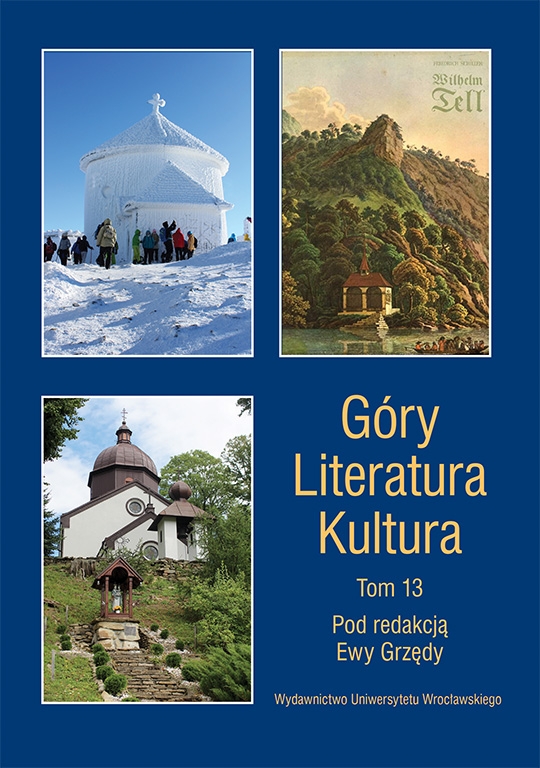

Rozprawy, studia, szkice

Women’s narratives from before 1939 constitute a small part of the entire literature dealing with the Tatras. Many of them have been forgotten owing to their limited artistic value as well as limited contribution to the development of literary culture in the Podhale region. An important and often dominant feature of women’s narratives concerning the Tatras is idealisation of the mountains.
The article focuses on the idealistic image of the Tatras created by female writers before 1939. The basic research method adopted by the author is geocriticism, which provides for the creation of a typology of female writers based on their links to geographic space. In the case of Tatra narratives, the female writers can be divided into highland women (indigenous inhabitants), guests (women staying in the Podhale region temporarily) and residents (non-indigenous inhabitants).
Each of these groups sees the Tatras slightly differently and idealises them in a slightly different manner. The way female writers see the mountains is sometimes uniquely escapist (which is associated with the treatment of Podhale as a land of childhood years and concerns mainly the indigenous inhabitants of the region); is connected with the category of stereotype, which stems from a common, superficial perception of the mountains (this, in turn, is the domain of guest writers); thirdly — idealisation is a form of a demand.
The author of the article discusses the various groups of female writers and the idealising devices they use in their works. The works analysed by the author include those by Gea Dobrzańska, Aniela Gut-Stapińska, Zofia Urbanowska and Gabriela Zapolska.